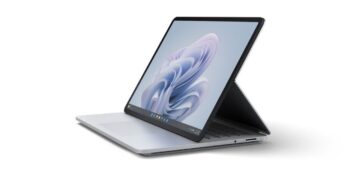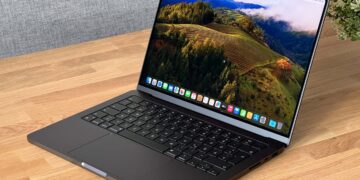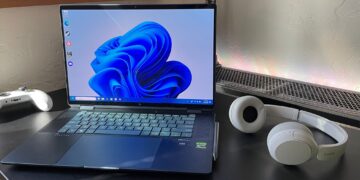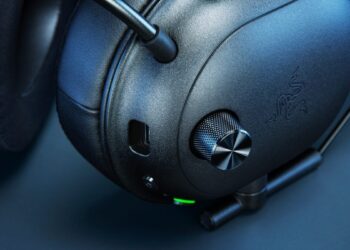Apple’s MacBook Air has long been the default choice for those seeking the perfect blend of portability and performance. With the arrival of the M3 chip, this beloved laptop receives a potent upgrade that refines an already winning formula. The question isn’t whether it’s good, but whether it’s the right kind of good for you.
The MacBook Air M3 is a masterclass in iteration. Housed in the same sleek, modern chassis introduced with the M2 generation, both the 13-inch and 15-inch models feel impossibly thin yet reassuringly solid. The all-aluminum build quality remains a benchmark for the industry. A welcome practical refinement comes to the Midnight color, which now features a new anodization seal that significantly reduces the fingerprint smudges that plagued its predecessor. It’s a small touch, but one that daily users will appreciate. The Liquid Retina display is as bright and vibrant as ever, but its 60Hz refresh rate remains a noticeable omission when competitors—and Apple’s own Pro models—offer smoother scrolling and motion.

At the heart of this machine is the new M3 chip. For everyday tasks like web browsing, document editing, and streaming media, the performance is fluid and instantaneous. The M3 brings more significant gains in graphics-intensive applications and games, thanks to a new GPU architecture with support for hardware-accelerated ray tracing. While it won’t replace a dedicated gaming rig, it makes casual gaming and light creative work more viable than ever. However, the fanless design, a hallmark of the Air’s silent operation, is also its Achilles’ heel. Under sustained heavy loads, like long video exports or code compilations, the M3 will throttle its performance to manage heat. This is the fundamental trade-off: for bursty tasks, it’s a powerhouse; for marathon sessions, a MacBook Pro is still the better tool.
Perhaps the single most impactful new feature is the ability to drive two external displays, a long-standing limitation of previous Apple Silicon Airs. This finally elevates the Air into a legitimate desktop replacement for many multi-monitor workflows, though it comes with a significant catch: it only works when the laptop lid is closed. Alongside this, the upgrade to Wi-Fi 6E provides faster, more reliable connectivity for those with a compatible network. Battery life remains phenomenal, easily delivering a full day of mixed use on a single charge, a testament to the M3’s efficiency.
The value proposition is where the decision gets complex. The M3 Air is undeniably the best Air yet, but the base configuration with just 8GB of unified memory is a tough recommendation in 2024. For a machine this capable, 16GB should be the starting point, but Apple’s steep upgrade pricing for both RAM and storage can quickly push the cost into MacBook Pro territory. For owners of an M2 Air, the upgrade is almost certainly not worth it. For those coming from an Intel or M1 MacBook Air, however, the combination of the modern design, superior display, and the M3’s capabilities presents a compelling and comprehensive package.
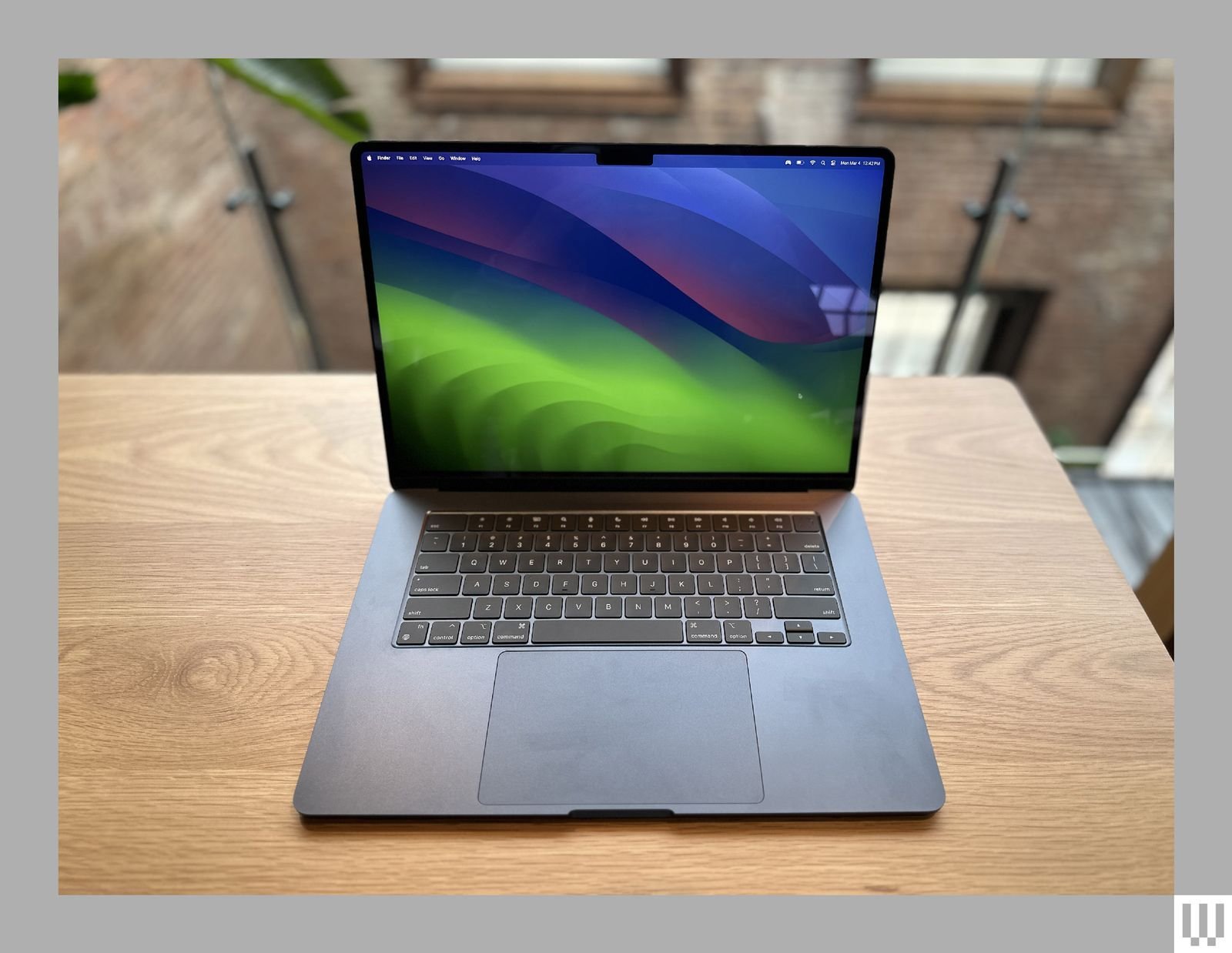
Ultimately, the MacBook Air M3 solidifies its position as the premium ultraportable to beat. It’s the perfect machine for students, writers, and professionals whose work doesn’t involve constant, processor-intensive tasks. It delivers a sublime, silent, and powerful user experience for the vast majority of computing needs, packaged in a design that is both beautiful and built to last.
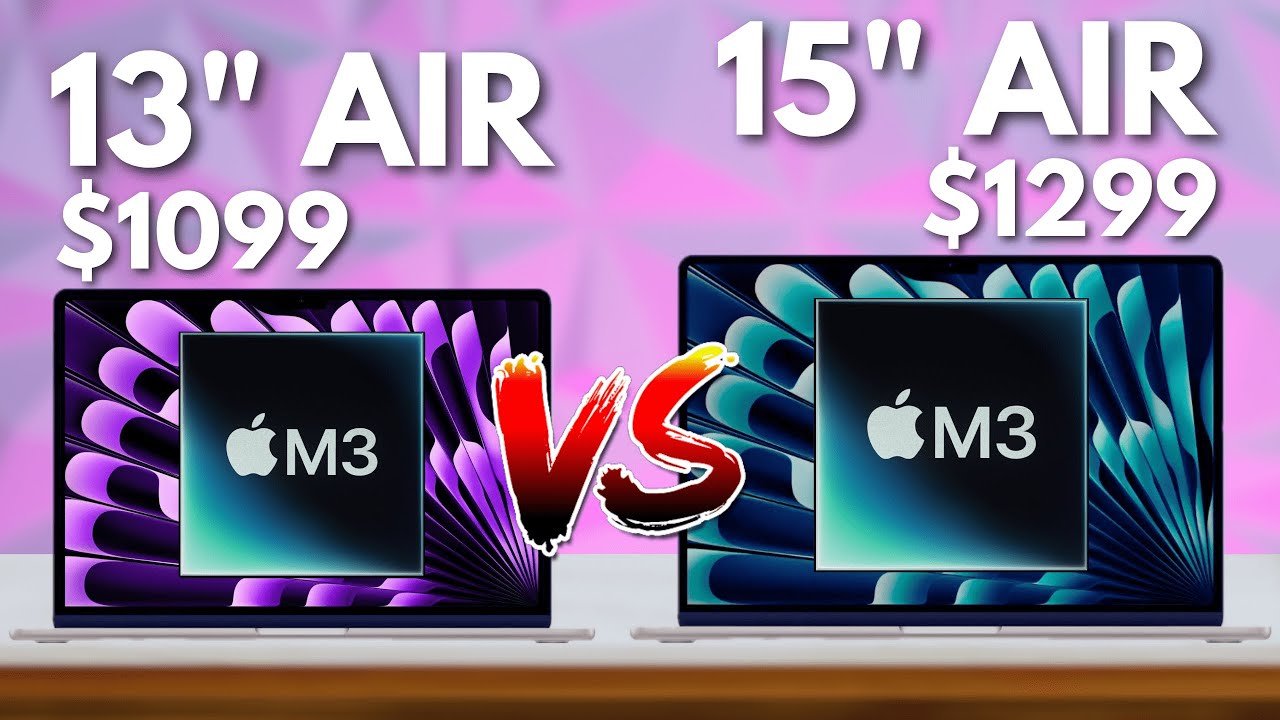
Where to Buy:

Apple MacBook Air M3 (13-inch and 15-inch) Quick Summary
Key Scores:
-
Value:
85% -
Design:
95% -
Performance:
90% -
Quality:
92% -
Popularity:
93%
Top Pros
- ✅ The M3 chip provides excellent, efficient everyday performance.
- ✅ Support for two external displays finally expands its utility.
- ✅ The fanless design ensures completely silent operation.
- …
Key Cons
- ❌ The base model’s 8GB of RAM feels insufficient today.
- ❌ Upgrades for RAM and storage are exceptionally expensive.
- ❌ The display refresh rate is still limited to just 60Hz.

 Tech Essentials
Tech Essentials